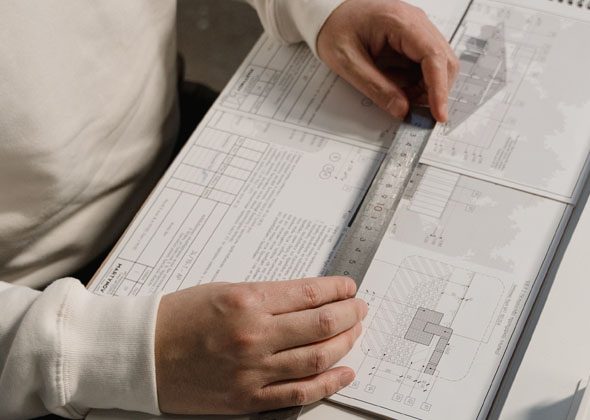
November 1, 2022, by layif1
Searching for Placements as an Architecture Student
By Gabriela Florescu, Architecture and Built Environment student blogger
As a third year architecture student, finishing the first part of my degree is an exciting time. But it can also be daunting, especially as graduation approaches and most students will need to start applying for placements for their year out.
As your first experience in a real architecture practice, I believe that choosing a practice that is right for you is very important. Here are some things I am keeping in mind to make this process easier:
1. Is it going to be a small or a big practice?
Architecture practices can range in size, from small studios with just a few designers, to very big practices which take on massive projects. Both options, in my opinion, can be great, but they offer different experiences, and the best option is the one that will suit you best. My advice is to reflect on a couple of questions before making the decision.
– Do you enjoy a smaller office where you can get more one-on-one time with the other people in the practice, and where you will probably be working on smaller projects?
– Would you rather get the feel of what it’s like to work on a large-scale project, where a complex team of designers and engineers get together to make things happen? Bigger offices means you have many people you can learn new skills from, and working on large scale projects can be very exciting.
2. Reflect on your best work to find your strengths
The first thing I tried figuring out in my search was the kind of design and architecture I liked, since there are so many approaches out there, and it can sometimes be hard to narrow down all the options. I looked back on all of my past projects during university, and identified which ones I’ve enjoyed the most and what kinds of buildings I seemed to excel at designing. Of course, going into a real practice you might change your mind about the kinds of buildings you want to design, but I still believe that using the experience you get during the first part of your degree can be a very good first step.
3. Preparing your application ahead
The highlight of your portfolio when applying for jobs on your year out will be your final project from your third year, which will only be finished at the end of May, most likely. But that doesn’t mean you can’t get ahead of putting you application together, which will ensure that you won’t be overwhelmed when it’s time to send out applications and attend interviews.
Here are the steps I’ve taken so far:
Putting my CV together. You can keep adding to it, but your CV is something you can start crafting early on. You can learn more about how to create your CV from the Careers team.
Curating my existing projects. Your final project will be the highlight of your portfolio, but you can start choosing the best work to accompany it from what you already have.
Reading up on how to excel at interviews. You can find some useful interview advice on the Careers website.
The end of your undergraduate degree can seem like a time filled with uncertainty, but you must remember to also look at it as your first steps towards achieving the career goals you have in mind. If you feel like you need further support to guide you in this process, you can talk to a careers adviser about your next steps.
No comments yet, fill out a comment to be the first

Leave a Reply